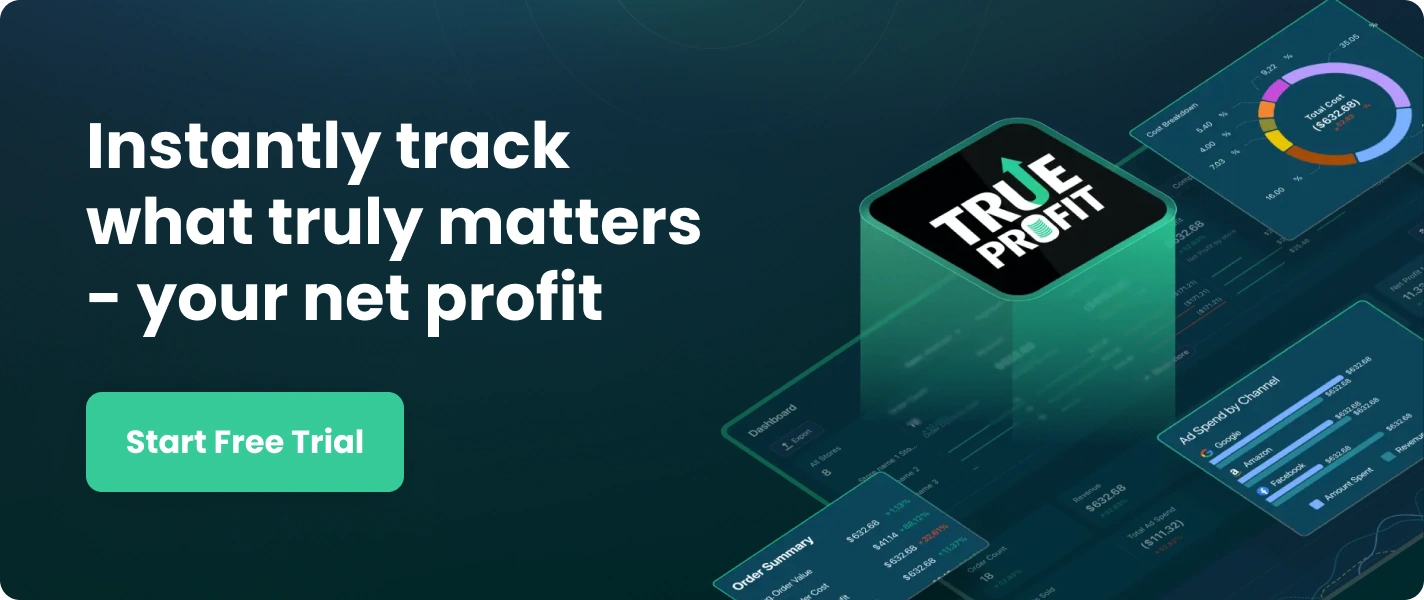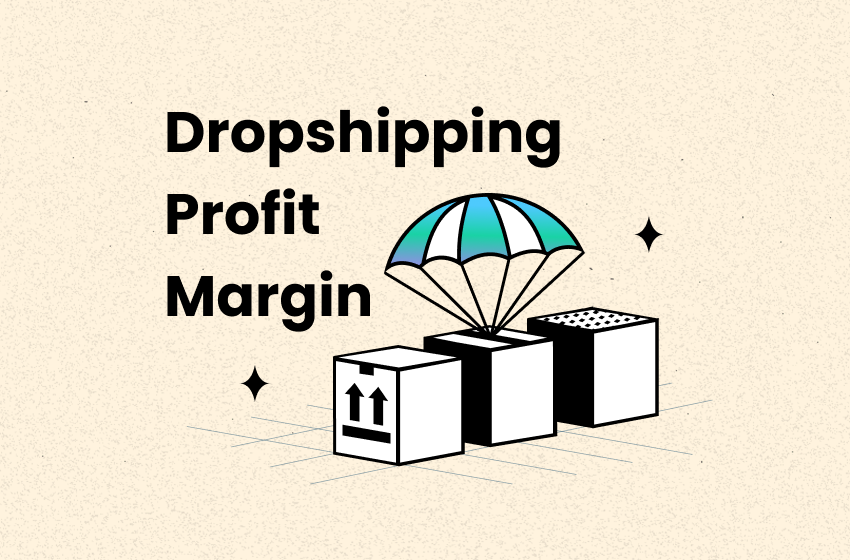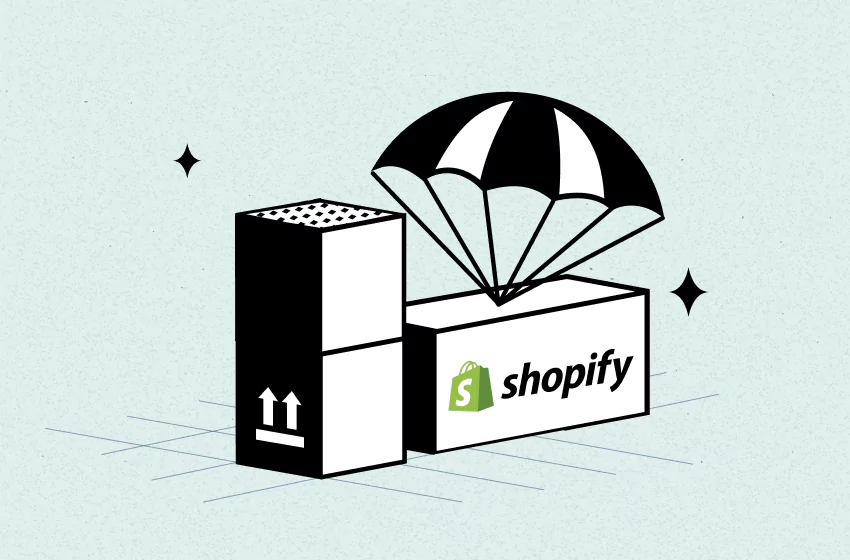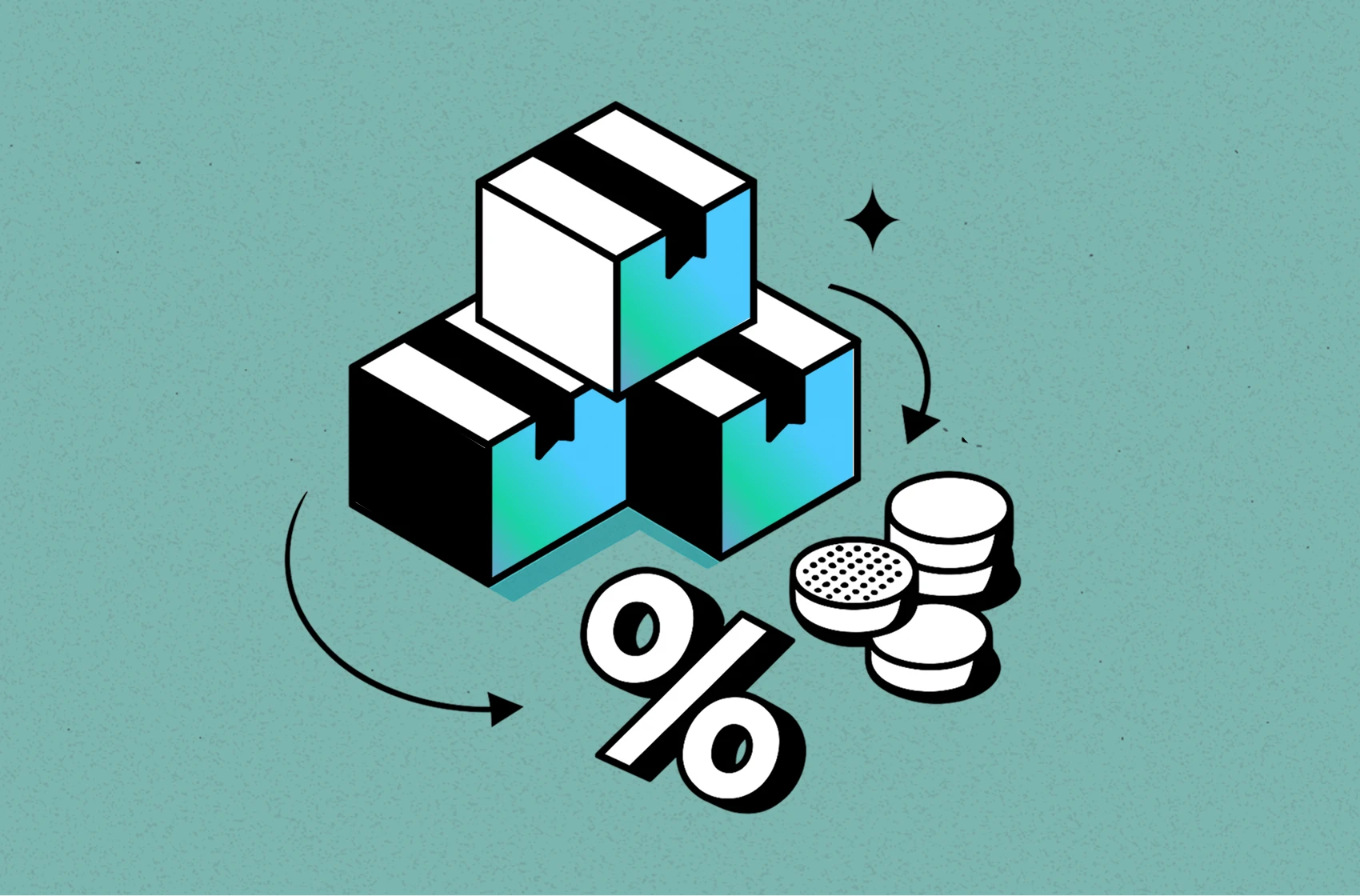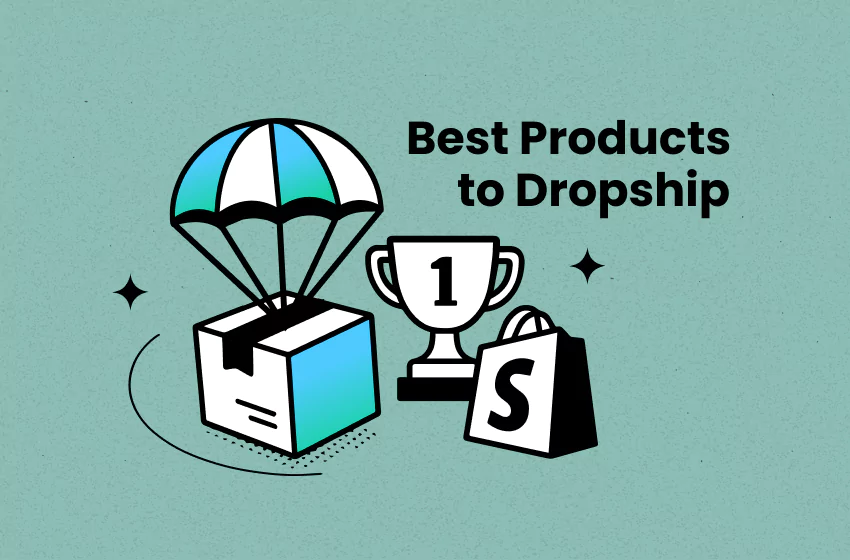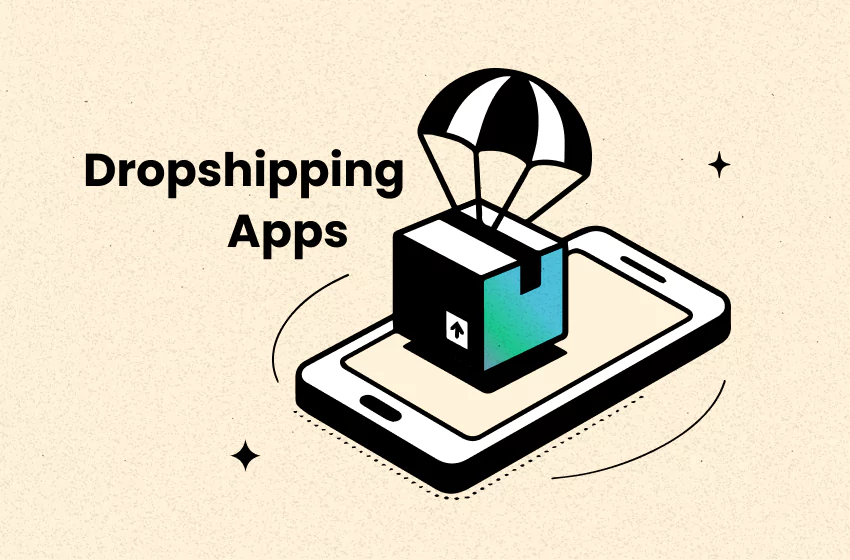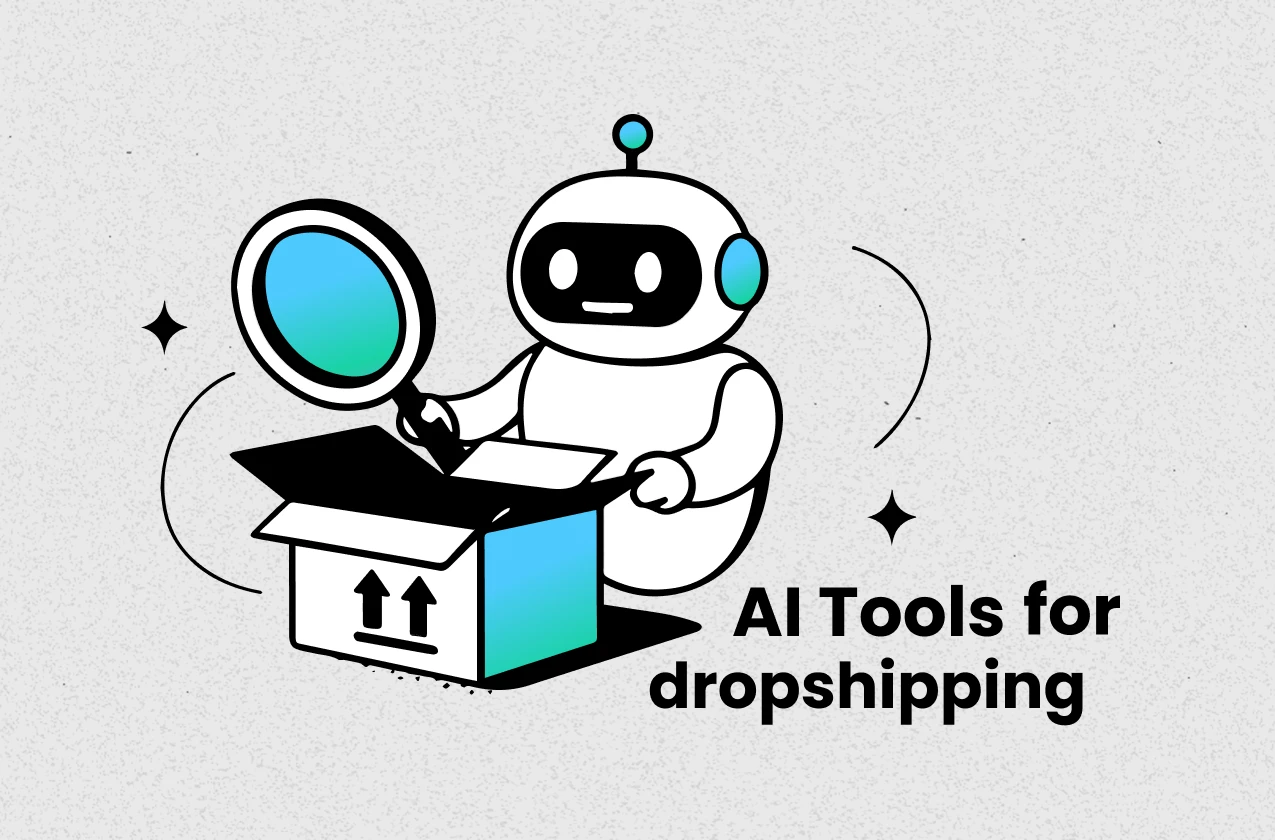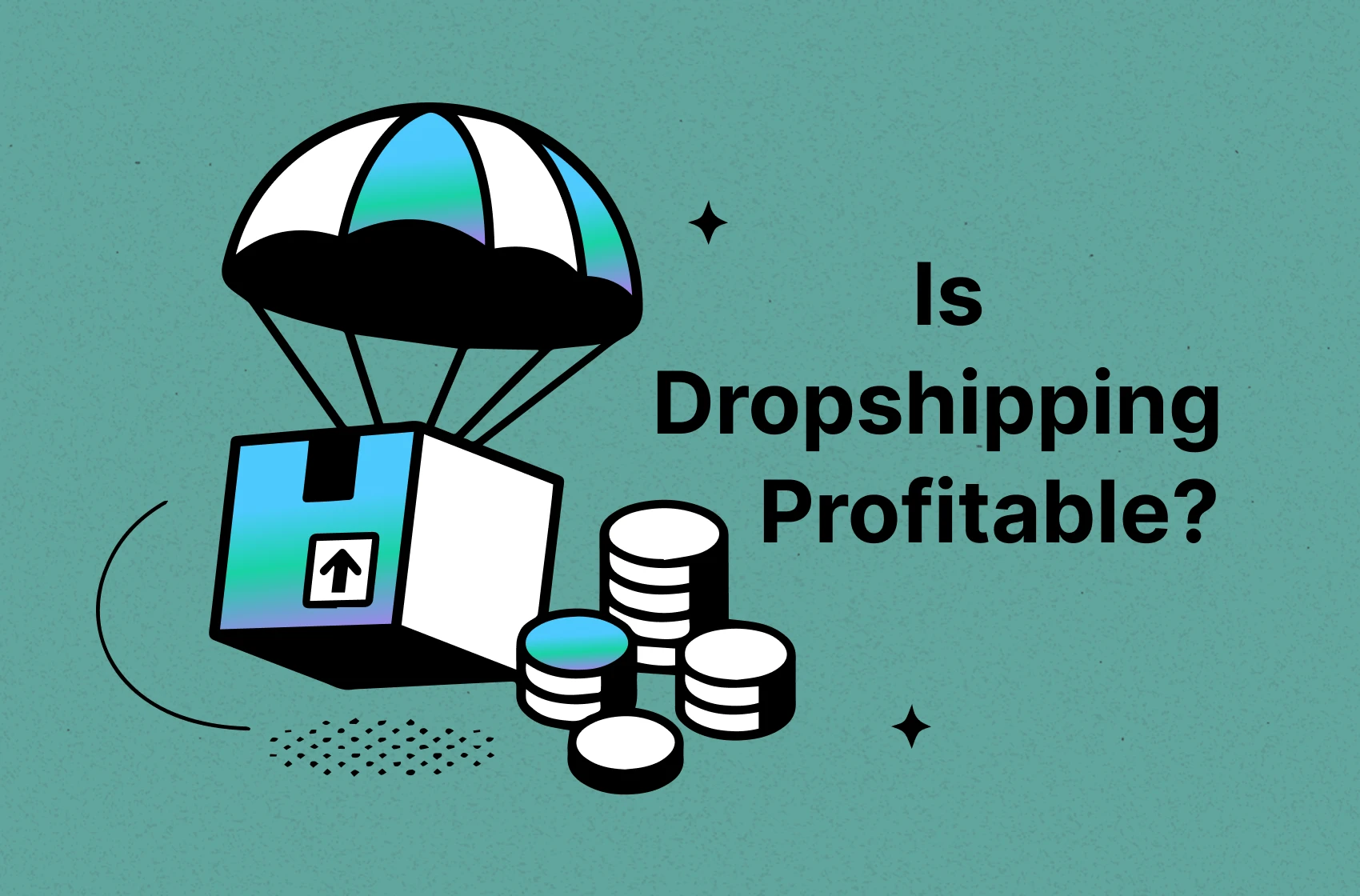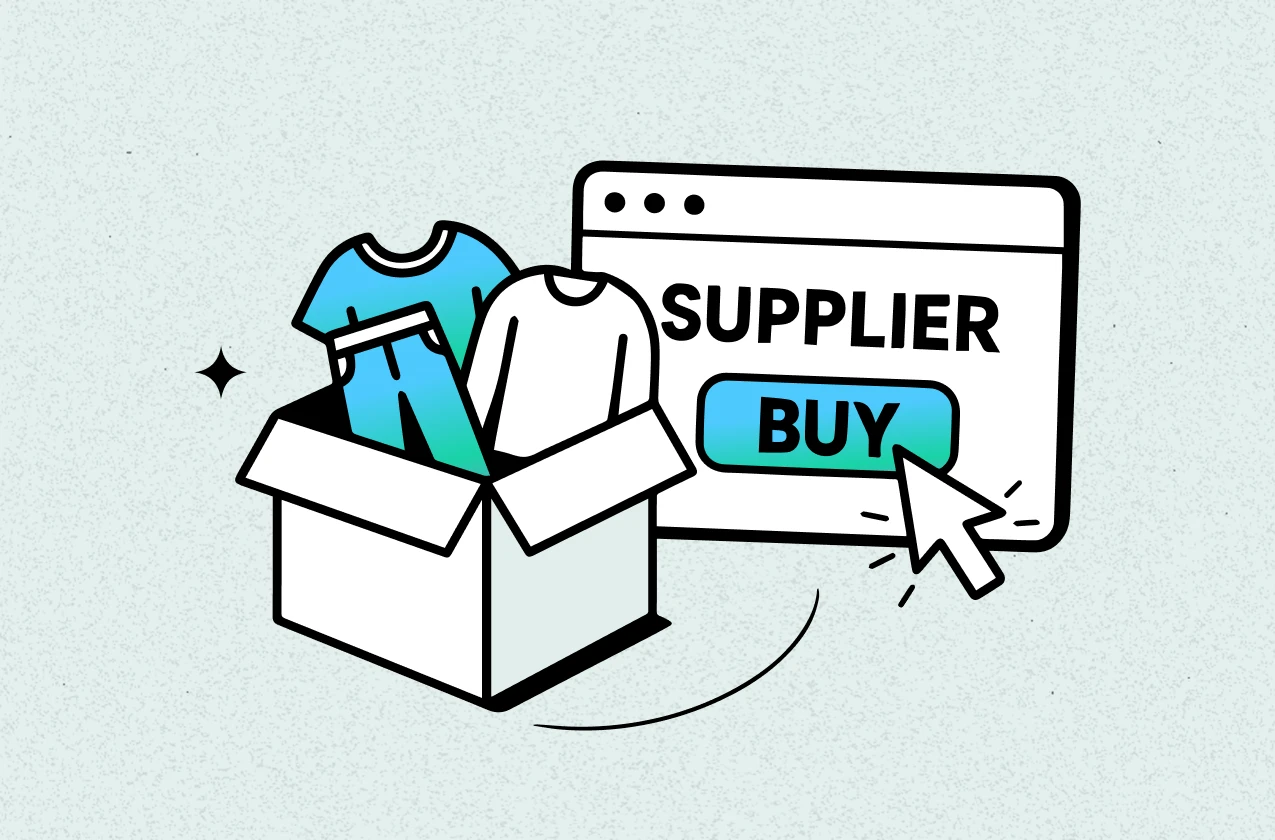Average Dropshipping Income in 2025: How Much You Can Make?
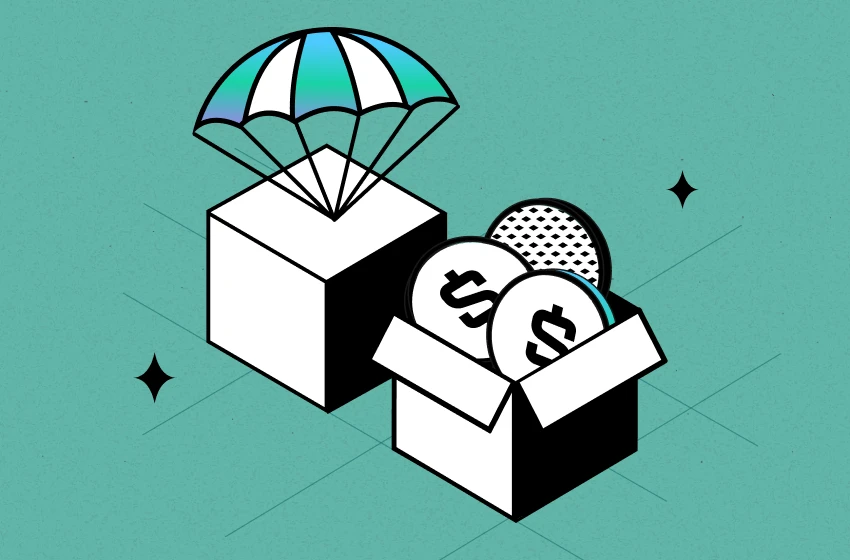
What is average dropshipping income in 2025?
The answer varies — a lot. Some beginners make just a few hundred dollars a month, while others grow into six-figure stores. Your income depends on your niche, marketing strategy, and how well you manage your costs.
In this guide, we’ll break down the average dropshipping income for both beginners and experienced sellers, and show you what actually affects how much you take home.
What Is the Average Dropshipping Income in 2025?
In 2025, the average dropshipping income varies widely based on experience and adaptability.
Beginners typically earn between $0 and $5,000 per month, with many struggling to turn a profit early on due to rising product and ad costs from renewed tariffs.
Experienced dropshippers, however, can make $10,000 to $50,000+ per month by optimizing pricing, ad spend, and supply chains.
While tariffs have tightened margins, top earners in 2025 succeed by running smarter, data-driven operations.
Why Is The Average Dropshipping Income So Hard to Define?
Not all dropshippers earn the same — far from it. Especially in 2025, with tighter margins due to tariffs and rising competition, the difference between earning a few hundred dollars and scaling to five figures a month comes down to a few core factors.
Niche Selection: Low vs. High-Ticket Products: The niche you choose sets the tone for your entire business. Low-ticket items (under $30) are easier to sell but often come with razor-thin profit margins — which tariffs have only made thinner. High-ticket products ($100+) offer more room for profit, but require stronger marketing and trust-building.
Marketing Skills: Paid Ads, Email, and Organic Growth: Your ability to attract and convert customers is one of the biggest income drivers. Paid ads (Meta, TikTok, Google) are still the fastest way to scale, but they can quickly burn your budget if not managed well.
Platform Choice: Shopify, WooCommerce, TikTok Shop, and More: Where you build your store also matters. Shopify is still the go-to platform for ease and app integrations, but WooCommerce offers flexibility and lower fees. TikTok Shop is emerging fast, especially for viral low-cost products.
Tools and Automation: Using tools for order fulfillment, Shopify profit tracker, email flows, and analytics can save hours each week and reduce costly mistakes. Tools like profit dashboards, automated upsells, and chatbots allow experienced sellers to scale without burning out.
Supplier Quality: Even the best ads can’t save a store with bad suppliers. Delayed shipping, broken products, or inconsistent packaging lead to chargebacks, refunds, and negative reviews — all of which eat into profit.
In 2025, supplier reliability matters more than ever. A good supplier relationship can mean faster delivery, better product quality, and more sustainable margins — especially with shipping costs rising globally.
Average Dropshipping Profit Margin Explained
One of the most critical factors affecting dropshipping income is your average dropshipping profit margin. In most cases, dropshippers work with profit margins between 10% and 30% — but this can vary significantly depending on the type of product you sell and the return rate.
Why Profit Margins Vary
Margins are tightly tied to several elements:
- Product Type: High-ticket items generally offer higher profit margins, but they also require more sophisticated marketing strategies to succeed.
- Return Rate: Products with higher return rates — such as apparel or electronics — often eat into profits, as you’ll not only lose the sale but may also face restocking fees.
- Supplier Costs: Tariffs and shipping rates have made sourcing products more expensive, reducing margins for many sellers.
- To estimate your average dropshipping income, you’ll need to subtract ad spend, product cost, and other operational expenses (like platform fees and payment processing costs) from your total revenue. This helps you calculate your net profit, which is what you actually take home. If you're not sure how to start, try using our online Dropshipping Profit Margin Calculator to break down your expenses and see your true profitability.
Average Dropshipping Income Breakdown: Revenue vs. Net Profit
Here’s a quick breakdown of a typical dropshipping business’s income, illustrating the difference between revenue and net profit:
Let's say, a business made $10,000 in revenue, but after deducting the cost of goods ($4,000), ad spend ($3,000), and tool costs ($500), the net profit is $2,500.
Many new dropshippers make the mistake of thinking that revenue equals profit. In reality, revenue is the total amount you make from sales, but your net profit is what’s left after covering the expenses like the cost of goods, advertising, tools, and any other operating costs.
For example, if you generate $10,000 in sales, but your total expenses amount to $7,500, you’re left with $2,500 in net profit — not $10,000. Understanding this distinction is crucial for managing your business properly and scaling effectively.
If you want a clearer picture of your actual earnings, try using a dropshipping profit calculator to break down your numbers and get an accurate view of your net income.
How Long Does It Take to Earn Consistent Dropshipping Income?
Building a consistent income from dropshipping doesn’t happen overnight. For most dropshippers, 3 to 6 months is the typical timeframe to start seeing early results, though this varies depending on factors like niche selection, marketing strategy, and product demand.
If your goal is to match the average dropshipping income, patience and data-driven testing are key. It’s essential to continuously optimize your approach, test new strategies, and adjust based on performance metrics.
Is the Average Dropshipping Income Enough to Go Full-Time?
A common question that many aspiring dropshippers ask is, “Can you live off average dropshipping income?” The answer depends on your personal financial goals, lifestyle, and how much time and effort you’re willing to invest.
Comparison to Traditional Jobs or Side Hustles
When compared to traditional jobs, average dropshipping income can fall short in terms of stability, especially early on. While a full-time job provides consistent paychecks and benefits, dropshipping income can fluctuate due to factors like marketing performance, supplier reliability, and market trends.
When to Consider Scaling or Hiring Help
If you’re consistently making $5,000 to $10,000 a month and want to scale further, it may be time to consider scaling your operation or hiring help. Expanding your product range, refining your marketing strategies, or even outsourcing tasks like customer service or ad management can help you grow faster and free up time to focus on high-impact areas.
Passive Income Myths vs. Real Workload
Many people are drawn to dropshipping for the idea of passive income, but the reality is that running a successful dropshipping business requires ongoing work. Becoming a full-time dropshipper means treating your business like a job: it requires time, energy, and continuous optimization.
Keep Your Net Dropshipping Income In Check
Sometimes dropshippers can hit thousands in sales and still barely make money. Costs add up—ads, shipping, product fees, hidden charges—and without tracking them, you don’t know your net income and also the true measure of your dropshipping success.
This is where TrueProfit, the #1 net profit analytics tool for Shopify, comes in.
Thanks to the seamless integration across dropshipping apps, sales channels, and ad platforms, TrueProfit delivers its promise on tracking every cost - from ad spend, product cost, shipping fees, and more, so it calculates your most accurate net profit, giving you a clear picture of what you actually take home.
With TrueProfit, dropshippers can:
- Keep track of your most important metrics - net profit, expense, profit margin in real-time.
- Monitor every cost in total and spot which costs are eating into your bottom line.
- Track changes/trends in overall store performance over time through P&L report.
What’s really cutting-edge is how transparent your income feels in TrueProfit. You don’t have to dig through complicated reports to spot what’s truly affecting your bottom line. Real profits and losses are exposed in real-time, margins are easy to monitor, and product-level insights make every decision way smarter—which ultimately grows your net income.
Leah Tran is a Content Specialist at TrueProfit, where she crafts SEO-driven and data-backed content to help eCommerce merchants understand their true profitability. With a strong background in content writing, research, and editorial content, she focuses on making complex financial and business concepts clear, engaging, and actionable for Shopify merchants.


